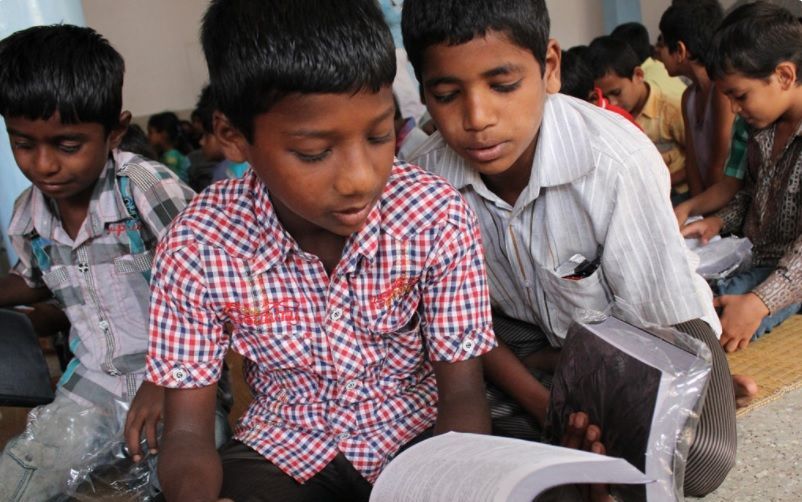Number of new Bible translations skyrockets during 2021

Photo United Bible Societies
European Union
About 90 Bible translations were completed in 2021. Therefore, an additional 794 million people can now read the Bible in their language. That is equivalent to about 10 per cent of the population of the earth.
The United Bible Society recently announced these statistics, which are also shared by the Norwegian Bible Society, Christian press agency KPK reports.
According to Bernt Greger Olson, 2021 has been a good year. He is the Bible mission leader and the foreign manager of the Norwegian Bible Society.

KPK: Is 794 million people a high number in the context of Bible translations?
Olson: “There are two sides to it. One is about reaching out to all people who do not yet have a Bible in their language. The other side concerns the work of reaching the great peoples. The number of major peoples in the statistics will fall as translations are completed unless there is a need for a new translation. Several places have old translations, which are difficult for most people to understand. Through new translations, a large number of people have been reached. Sometimes, Bible translations look like each other. For example, many people think that Swedish and Norwegian look quite the same.”
KPK: Some people receive the Bible or parts of it for the second or third time, while others have not received it at all. Is that fair?
Olson: “That is a good question. We could, for example, have financed ten translations in Africa for the amount of money that we spend on a new translation here in Norway. But it is part of the responsibility that we take on as national Bible societies to take care of new translations in our own countries.”
At the same time, the Norwegian Bible Society has a policy that it can only engage in translation work abroad if the Bible Society of a country has asked them. That happens all the time.
Olson: “Norway is the country where the Bible Society, based on the population, spends by far the most money on Bible work abroad. About 25 per cent of the money we spend we put into translation work. Last year, we spent 28 million NOK (about 3 million euros, ed.) on support for other Bible companies. This amount has increased faster than it did during other years.”
“Ethiopia is one of our partner countries. The Norwegian Bible Society is heavily involved in several projects that the Ethiopian Bible Society is behind on. We work extensively on both the translation of the Bible and the construction of written language for ethnic groups who only have a spoken language. In addition, the Bible Society receives funding, which means that the projects also have a humanitarian character.”
New translations reached about 11 million people
Last year was a special year for 48 Bible language groups globally, KPK writes. They received parts of the Bible or the entire Book for the first time in their language. These new translations reached about 11 million people on different continents. Last year, the whole Bible was translated into three languages for the first time.
In addition, the Bible translation of 43 languages was revised. According to the United Bible Society, this enables about 783 million people to read the Bible where they could not benefit entirely from previous translations.
KPK: What causes the high numbers in a year that brought a lot into jeopardy because of the pandemic
Olson: “My impression is that many activities were cancelled in 2020. The pandemic did cause delays, at least for some projects. Some were delayed both Covid years, but many of the delays were caught in 2021. But the international translation community is used to things not going as planned.”
“However, translation work is very suitable for digital collaboration. It has also been the norm before the pandemic to work at a distance in many places. On the other hand, digital aids are lacking in projects related to many of the more minor languages. Then, people often have to sit in small groups in the same place to work with the translations.
“I do not know what the situation would have been like if there had not been a pandemic. However, I know that Covid hit third world countries very abruptly and very hard. An illustrative example of this is Myanmar. The virus first hit the country in 2020. On top of this, the military coup took place a year later.”
During the pandemic, the Bible translation in Khualsim was translated. This language is spoken by only 7,000 people in western Myanmar and partly in India and Bangladesh. The majority of these people are Christian. They were delighted that the Bible had now become available in their language. However, there was also grief. The chief translator, Dr Bernard Luai Hre, and his assistant, Pastor Van Ceu Aung, died of Covid-19, days before the newly printed Bible was delivered to their home.
Related Articles






